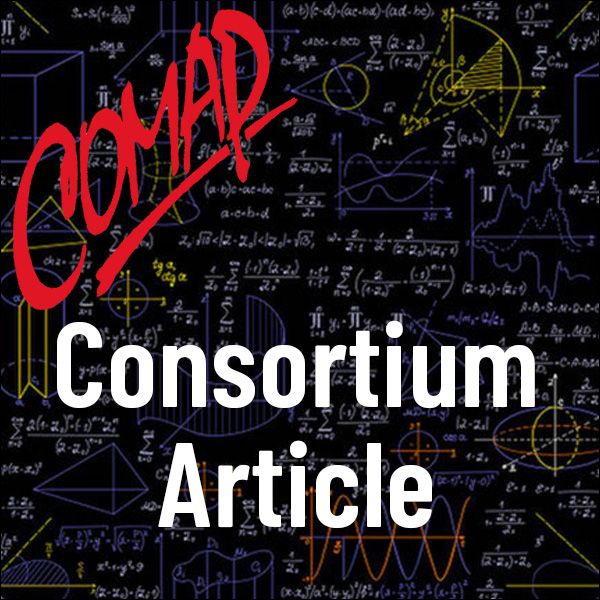Using Modeling to Reinforce Non-Mathematical Skills Part 1 - Communication
Author: Jessica Libertini
We know, we know... This is a journal aboutteaching mathematics.However, we should rememberthat even in our roles asmathematics teachers, our studentsare not just mathematics students- they are whole people who needto be armed with a diverse set ofskills in order to best address theissues and challenges they willeventually face in their personaland professional lives. Whilealgebra skills and calculustechniques are valuable, we can'tthink of a single career in whichsomeone sits around all day solvingquadratic equations or performingintegration by parts. So, as weprepare our students for theirdiverse futures, we can supplementthe growth and development oftheir mathematical toolkit withopportunities to grow and developother skills that are highly valued byemployers. Mathematical modelingis a natural way to promote manyof these skills, including communication,teamwork, andcomplex problem solving. In fact,of the GAIMME Report's fiveGuiding Principles for teachingmathematical modeling, at leastthree of them are closely tied to allthree of these non-mathematicalskills.
• Modeling does not happen inisolation.
• Modeling, like real life, isopen-ended and messy.
• When students are modeling, theymust be making genuine choices.
In this article, we will share howmathematical modeling can be used toaddress communication skills, and infuture articles, we will addressteamwork and complex problemsolving. And yes, we know, we know,you teach mathematics, not writing orleadership!

Mathematics Topics:
Application Areas:
You must have a Full Membership to download this resource.
If you're already a member, login here.